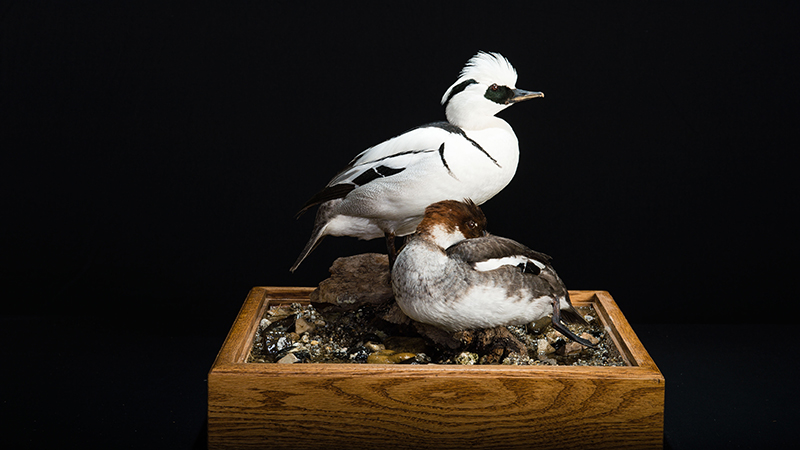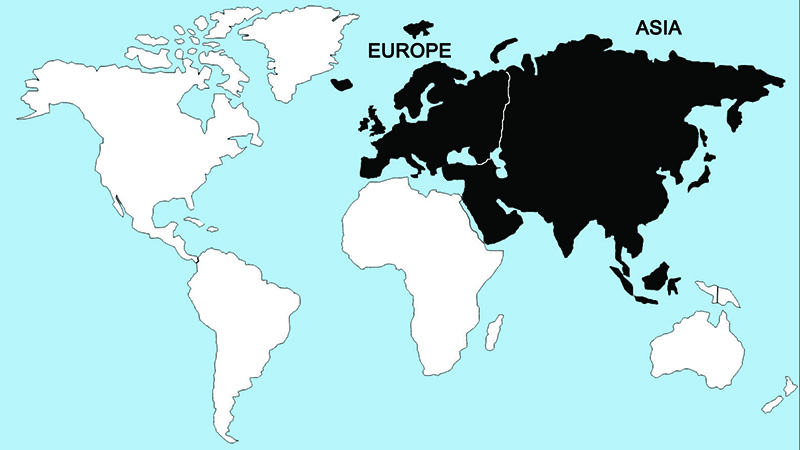Smew

In Europe, smews are roughly the taxonomic counterpart to hooded mergansers but are more marine in distribution. During winter, females and immature birds migrate farther south than adult males, and tend to use inland rather than coastal habitats to a greater degree than adult males. Smew courting groups usually consist of one or two females and up to eight males, with a good deal of shifting of numbers typical. Female smews probably breed initially in their second year of life, judging from what is known of related species.
There is not a great deal known of the nesting biology of smews, but they evidently prefer to nest in hollow broad-leaved trees. They often select cavities so low that they can readily be looked into by humans, and at times will also accept nesting boxes. The nest cavity is lined with abundant whitish down and from 6–9 eggs are laid. Nests with up to 14 eggs have been reported, these presumably the result of multiple laying females. Additionally, the nests of smews often contain mixed clutches with common goldeneyes, and wild hybrids between these two species have been reported. The incubation period is 28 days, during which time the male deserts his mate and moves to a molting area. Females are reportedly very "tight" sitters, and near the end of the incubation period can sometimes be picked up. The fledging period is about ten weeks.
Regions Birds Are Found

Collection Location & Year
U.S. - Alaska 2001
Taxonomy
| Order | Anseriformes |
|---|---|
| Family | Anatidae |
| Tribe | Mergini |
| Species | Mergus |
| Genus | mergellus |
Gender
Female & Male
References
- Johnsgard, P. A. 1975a. North American Game Birds of Upland and Shoreline. Lincoln, NE: Univ. of Nebraska Press.
- Johnsgard, P. A. 1978. Ducks, Geese and Swans of the World. Lincoln, NE: Univ. of Nebraska Press.
- Elliot, A., J. del Hoyo, J. Sargatal, and C. Imboden, eds. 1992. Handbook of Birds of the World. Vol. 1 (Ostriches to Ducks). Barcelona, Spain: Lynx Editions.
- Kear, J. 2005. Ducks, Geese and Swans. London, UK: Oxford University Press.